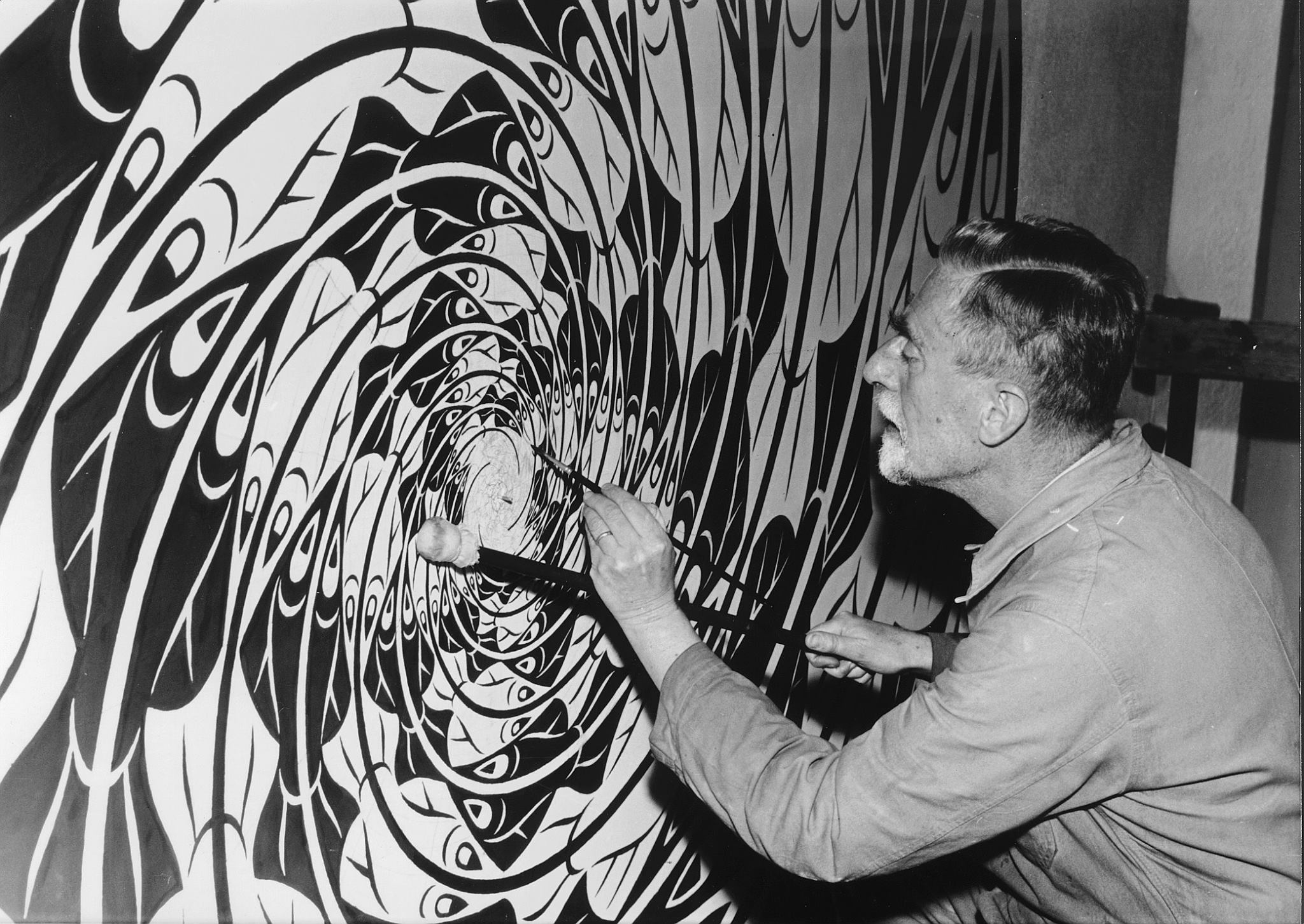
This latter print is based on a non-hyperbolic tessellation of triangles.Īided by an understanding of fractals, which were not widely recognized as a distinct branch of geometry in Escher's lifetime, Robert Fathauer has discovered hundreds of fractal tessellations, most of which have fractal boundaries. Escher made another print, "Square Limit", in which similar tiles (shaped the same, but of varying size) become infinitesimally small at the boundary. His best-known attempts at this (his "Circle Limit" prints) are based on hyperbolic geometry, which he learned about from the mathematician H.S.M. The same basic principle is used in "Face to Face" to create a number of distinct faces by varying the orientation of three different types of square tiles.Īnother preoccupation of Escher's was his desire to depict an infinite tessellation in a finite print. This features prominently in "Order and Chaos", in which both ordered and disordered regions are realized using the same two types of tiles. Following the lead of Roger Penrose, who designed tessellating chickens based on his non-periodic Penrose tiles, Robert Fathauer has designed several sets of tiles that fit together in many different combinations. In Escher's tessellations, the tiles only fit together one way.

Escher became famous for his tessellations in which the individual tiles are recognizable motif such as birds and fish. A tessellation is a collection of shapes called tiles that fit together without gaps or overlaps to cover the mathematical plane.


 0 kommentar(er)
0 kommentar(er)
